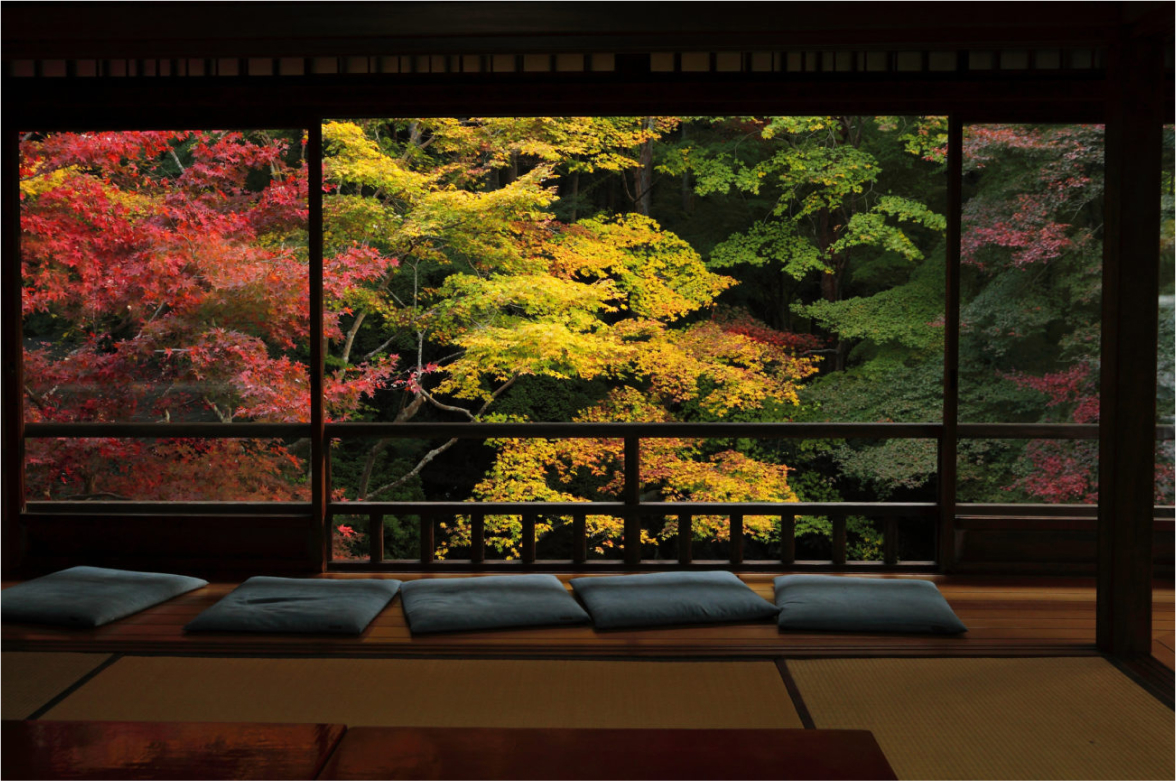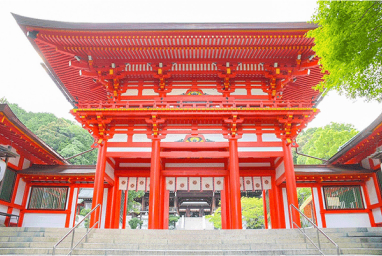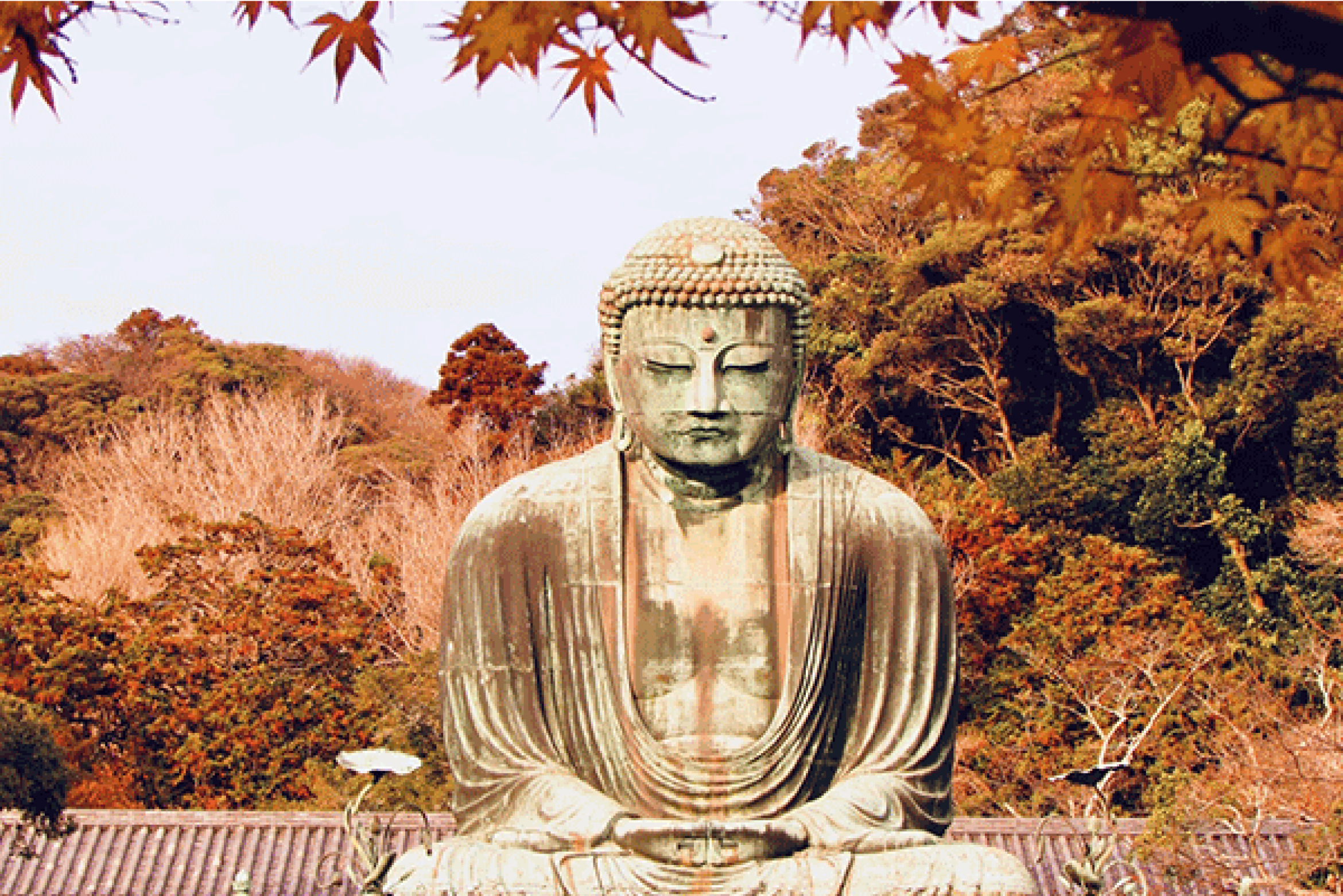Japanese Temples and Shrines: What’s the Difference?
Shinto and Buddhism are Japan’s two major religions, and are well represented in the many temples and shrines all over the country. These two institutions are so common, though, that it can be difficult to tell the difference and understand the different roles they each play in Japanese society.
What are Shrines and Temples?
Fundamentally, shrines and temples are institutions set up for different religions: shrines are Shinto, temples are Buddhist.
Shinto shrines are usually built in places considered to have spiritual significance. They enshrine beings called kami, which can act like forces of nature, gods, or mythical creatures. Some humans may also become kami after their death. In a shrine, the kami is usually enshrined in an object. Man-made examples include mirrors, jewels, and swords, while natural objects might be rocks, trees or mountains.
At the entrances to a shrine, torii gates stand to mark the boundary between the world of humans with the world of kami. Most shrines are named after the primary kami enshrined within them.
On the other hand, temples are set up for Buddhist worship and study. Many are also monasteries for monks and nuns. Temples usually venerate a particular Buddhist deity or saint – not always ‘The Buddha.’ While the object containing the kami is often hidden in Shinto shrines, statues and images of the deity in a Buddhist temple are often on show.
Shinto funerals are extremely uncommon in Japan. Most people have Buddhist funerals, and accordingly many temples are surrounded by graveyards.


Shinto and Buddhism: Japan’s Two Religions
What is Shinto?
Shinto is a folk religion specific to Japan. It is believed to date back to the prehistoric Jomon Period (14,000–300 BCE), but exact dates are difficult to formulate as Shinto relies very little on written or recorded materials. Even shrines themselves were originally temporary structures.
Shinto worships kami, forces and beings that are said to occupy everything in the universe. There are said to be infinite kami. They are invisible to humans and do not necessarily have physical form, so Shinto involves enshrining a kami in a physical object to allow humans to interact with it.
What is Buddhism?
Buddhism is a major world religion, founded in India and Nepal between 600–400 BCE. It follows the teachings of Siddhārtha Gautama, also called the Buddha. Buddhism was introduced to Japan in the 5th century, via China and Korea.
Buddhist doctrine and teaching is recorded in sutras and other documents. While nowadays there are a number of schools and traditions, the core of Buddhist philosophy can be understood with the ‘Three Marks of Existence.’
- Impermanence: Nothing in the world will last forever, and everything will change.
- Emptiness: There is no eternal, immutable essence or soul in objects or beings in the world
- Nirvana: When one realizes truly the nature of impermanence and emptiness, they will achieve a state of tranquility

Many traditions also add “suffering.” Many things are out of our control, and our desires can never truly be met. One is bound to suffer before they have understood the true nature of things and achieved enlightenment.
Buddhism and Shinto share a long and intertwined history in Japan. Nevertheless, they remain separate religions. At its most basic, the difference between temples and shrines is the difference between Shinto and Buddhism.
In our next post, we’ll examine some of the specific characteristics and points to look out for when you visit a temple or shrine.
With Wabunka Experiences, you can experience traditional Japanese culture in historic locations, including some of Japan’s most beautiful temples and shrines. Contact us and start planning your bespoke experience today.
Our dedicated coordinators will propose the best cultural experiences for you, customized to your needs.



